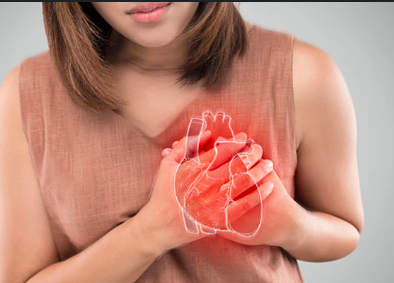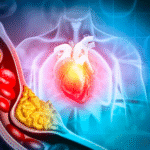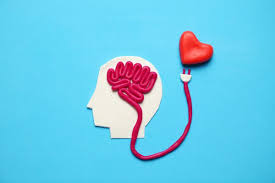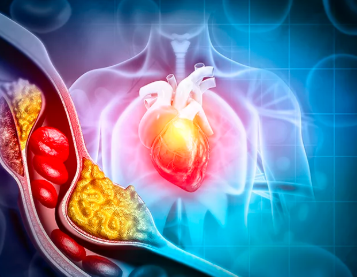Heart disease is the leading cause of death for women worldwide. Despite its prevalence, heart disease in women often goes unrecognized or is misunderstood because women may experience different symptoms and risk factors compared to men. This article sheds light on the unique risks and symptoms of heart disease in women, helping to increase awareness and promote early detection.
Understanding Heart Disease in Women
Heart disease refers to various conditions affecting the heart, including coronary artery disease, heart attacks, and heart failure. While both men and women can develop heart disease, its manifestation and risk factors can differ significantly in women.
How Heart Disease Differs in Women
Women often develop heart disease later in life than men but face higher risks after menopause due to hormonal changes. Additionally, women’s symptoms can be less typical, leading to delays in diagnosis.
Unique Risk Factors for Heart Disease in Women
Hormonal Changes and Menopause
The decrease in estrogen levels after menopause is linked to a rise in bad cholesterol (LDL) and a drop in good cholesterol (HDL), increasing heart disease risk.
Pregnancy-Related Complications
Conditions such as preeclampsia, gestational diabetes, and high blood pressure during pregnancy can increase the long-term risk of cardiovascular problems.
Autoimmune Diseases
Women are more likely to suffer from autoimmune diseases like lupus and rheumatoid arthritis, which are associated with increased heart disease risk.
Mental Health and Stress
Women are often affected differently by stress, anxiety, and depression, all of which can contribute to heart problems.
Traditional Risk Factors Impact Women Differently
- Diabetes: Women with diabetes are at a higher risk of heart disease compared to men with diabetes.
- Smoking: The cardiovascular damage caused by smoking is more pronounced in women.
- Obesity and Sedentary Lifestyle: These factors contribute similarly but may interact uniquely with female hormones.
Recognizing the Symptoms of Heart Disease in Women
Typical Symptoms
- Chest pain or discomfort, often described as pressure, squeezing, or fullness
- Shortness of breath
- Pain in the neck, jaw, shoulder, upper back, or abdomen
Atypical Symptoms More Common in Women
- Nausea or vomiting
- Unusual fatigue or weakness
- Lightheadedness or dizziness
- Cold sweats
- Indigestion or heartburn-like feeling
These atypical symptoms often cause women to delay seeking treatment, which can be dangerous.
Diagnosis and Treatment
How Heart Disease is Diagnosed in Women
- Electrocardiogram (ECG): Measures the heart’s electrical activity.
- Stress Testing: Assesses how the heart works during physical activity.
- Echocardiogram: Uses ultrasound to visualize heart function.
- Coronary Angiography: Detects blockages in coronary arteries.
Treatment Options
Treatment depends on the severity and type of heart disease but often includes lifestyle changes, medications, and sometimes surgical procedures like angioplasty or bypass surgery.
Preventing Heart Disease in Women
Lifestyle Modifications
- Maintain a balanced diet rich in fruits, vegetables, whole grains, and lean proteins.
- Engage in regular physical activity, aiming for at least 150 minutes of moderate exercise weekly.
- Avoid smoking and limit alcohol consumption.
- Manage stress through mindfulness, therapy, or relaxation techniques.
Regular Health Screenings
Routine checkups help monitor blood pressure, cholesterol levels, and diabetes management.
Conclusion
Heart disease in women presents unique challenges due to different risk factors and symptoms compared to men. Awareness and early recognition of these differences are crucial for timely diagnosis and treatment. Women should prioritize heart health through lifestyle changes, regular screenings, and by consulting healthcare providers when symptoms arise. Empowering women with knowledge about their heart health can save lives.
Frequently Asked Questions
1. Why do women experience different symptoms of heart disease than men?
Hormonal differences and smaller artery size contribute to atypical symptoms in women.
2. Can heart disease be prevented in women?
Yes, with a healthy lifestyle, regular screenings, and managing risk factors, heart disease risk can be significantly reduced.
3. Are younger women at risk of heart disease?
While risk increases with age, young women with conditions like diabetes or pregnancy complications may also be at risk.
4. How does menopause affect heart health?
Menopause decreases estrogen, which protects the heart, increasing the risk of cardiovascular disease.
5. When should a woman see a doctor about heart symptoms?
Any unusual chest discomfort, shortness of breath, or atypical symptoms like fatigue or nausea should prompt medical evaluation immediately.












